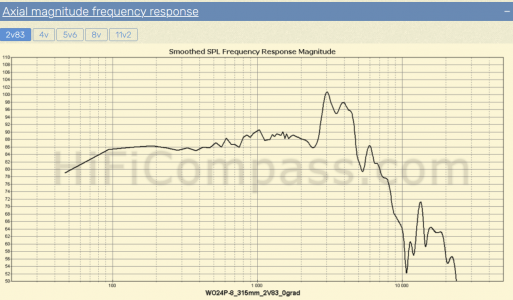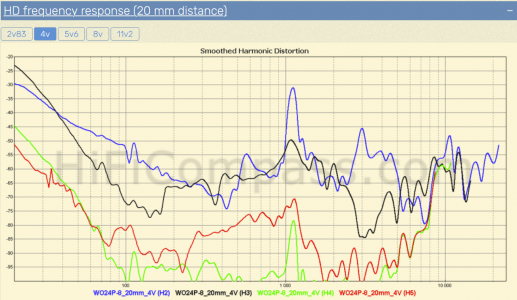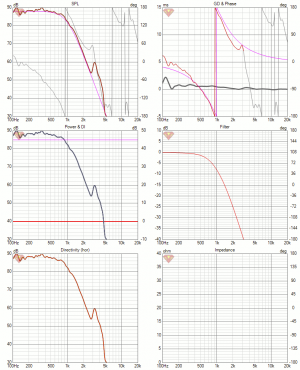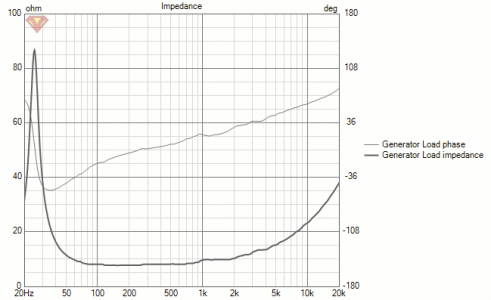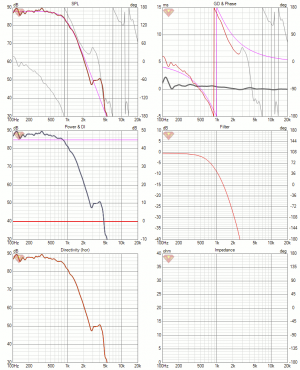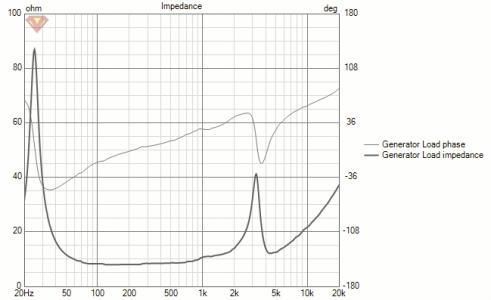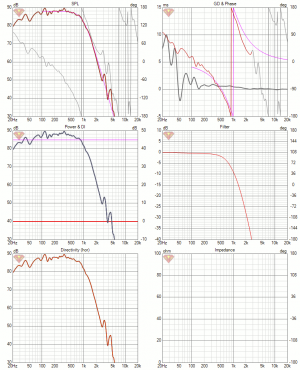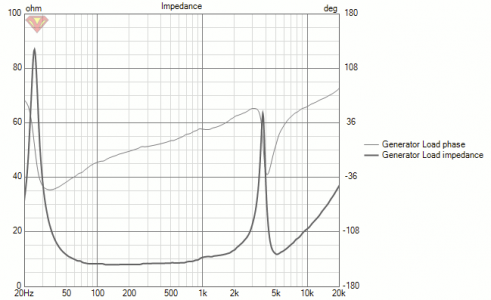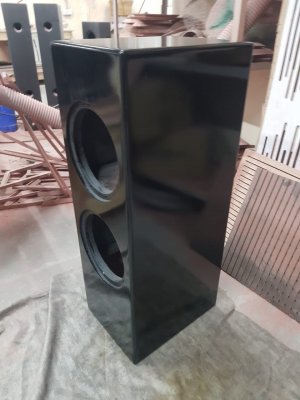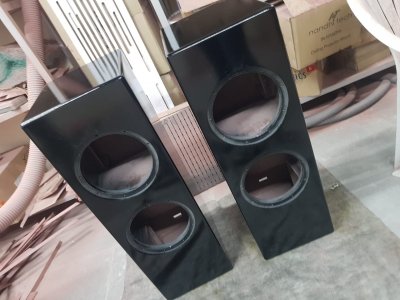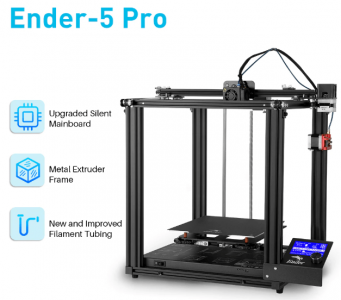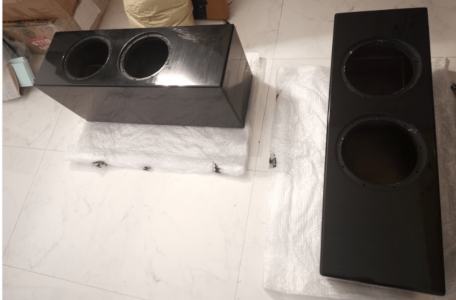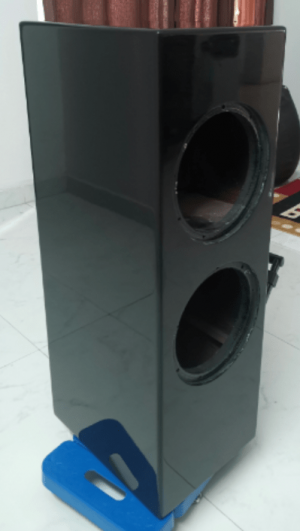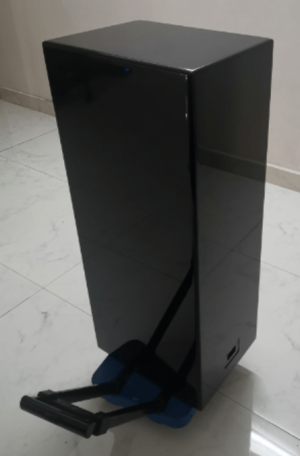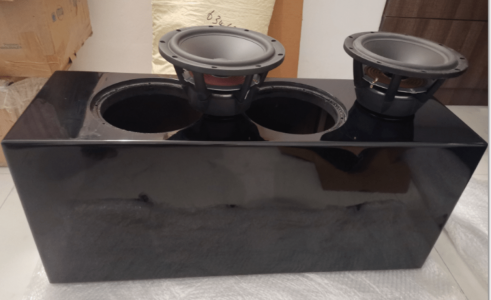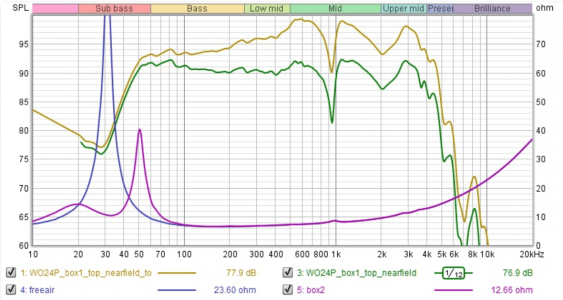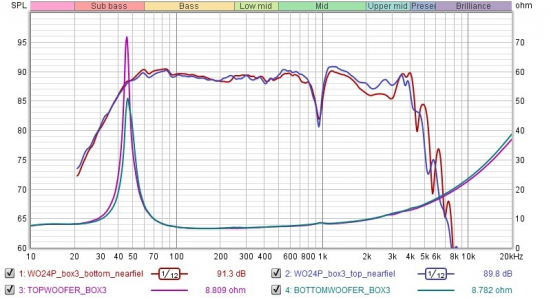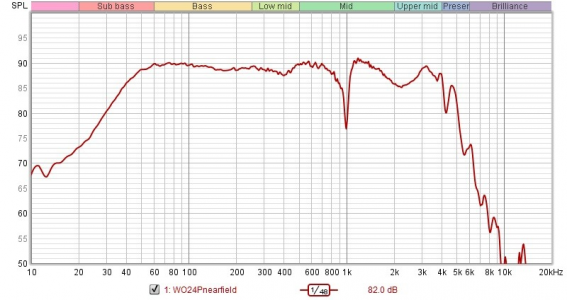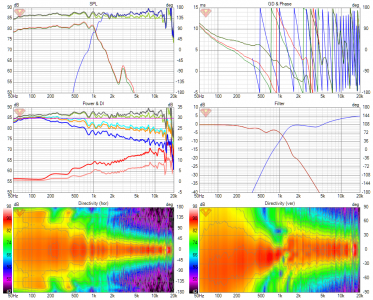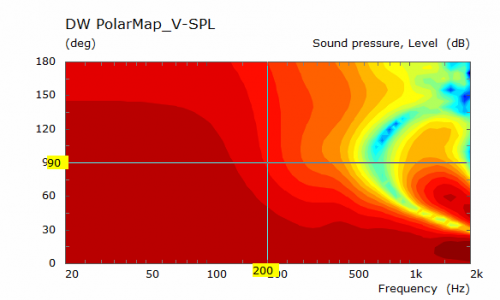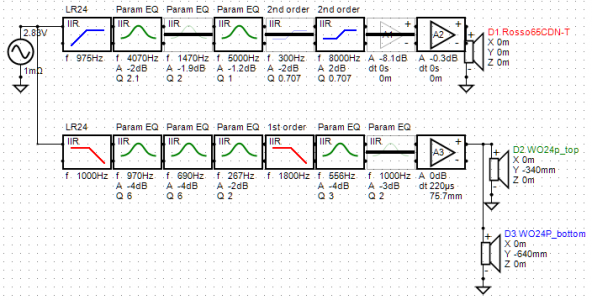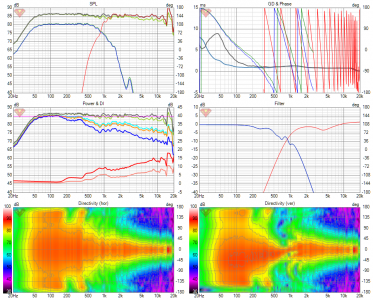Vineethkumar01
Well-Known Member
Thanks a lot for these suggestions.. I will try them out.It will be easier to dig-out the noise/hiss and other issues when you get from the 88dB to the 98dB woofer and re-level everything.
If I might suggest anything, it's to not completely ignore how the driver sounds in the foam and w/o lining/damping/filling. Over time, those experiences will add-up to help you recognize patterns. You have so much going-on that acoustics hasn't yet entered the discussion, which is fine. There is recklessness available to you when in foam that will no longer be available, too. Turn the whole thing 90 deg (change CTC), add "wings" or bevels, add "foam bracing" etc as time/inclination permits. Fill the whole thing with polyester pillow stuffing. Whatever you choose, all of it will add-up in your head to patterns/learning over timeCardboard/foam/cheap proto cabs are a license for experimentation.
The hiss itself is audible only if I put my head inside the horn mouth even at higher volumes that I can use at home.. So it is not an issue as of now. But as you said, the 99dB sensitive woofer will probably get it more down. I will also try to use an L-pad if required.
From the box construction point of view, the foam box is already completely filled with polyfill.
The XPS foam material used is 1inch thick.
It is braced on the inside with same foam material using two window braces and a dowel brace.
Changing CTC experiment is one that I will definitely try as it is easy..
I am also thinking about trying out the analog notch filters technique in below article for the Satori driver (in whatever configuration it ends up.. this 2 way or the original 3 way it was intended for)
https://purifi-audio.com/tech/ (Low Distortion Filter for PTT6.5X04-NAA)
In addition to getting the notch, there seems to be a free benefit of significantly reducing the breakup resonance-amplified distortion products, which show up as subharmonic peaks in the distortion spectrum.
I had tried to play the WO24P without filtering. It is almost un-listenable when played full range, unfiltered. Sort of echoey, screechy sound. Makes one want to cover ears.. Notching the breakup peak, even actively, makes a lot of difference to the sound. Now I am thinking, I see rise in harmonic distortion and resonances in the impedance and HD plots of the driver here:
https://hificompass.com/en/speakers/measurements/satori/satori-wo24p-8
Would this kind of passive notch make a difference with the woofer and the CD (which also has a big breakup peak around 15.5kHz)?
Anyway, a bit more impressions before I take off for a week.
The prototype single speaker system has been sounding so good to my ears that I have started wondering about what I am trying to achieve technically and audibility wise with these two parallelly running projects (2 way horn, with Rosso65CDN-T, and the initial 3 way project).. Need to figure this out and continue evolving the concepts as much as possible.
The compression driver has been sounding so good that I would recommend it to anyone on the lookout for 1.4inch CDs.
Again and again, I am hearing new things in songs without even paying much attention to the system. I used to keenly listen for new things in past small (6inch woofer+ 1inch tweeter) speaker projects. But not anymore..
I had all sorts of apprehensions initially thinking about the titanium diaphragm on the CD, the very narrow directivity of the current horn, and the midrange capability of the Satori drivers. But all that has been put to test and to rest in the last 2-3 days... Sometimes jaw drops hearing the system..
Maybe all this is because I am hearing a horn-based system for the first time.
To think that all of this is coming from that foam box and thinking about the ES600 biradial horn (https://josephcrowe.com/products/copy-of-es-600-bi-radial-wood-horn) that will replace the current Faital horn, I think it is going to get even better.
These are very exciting times...


